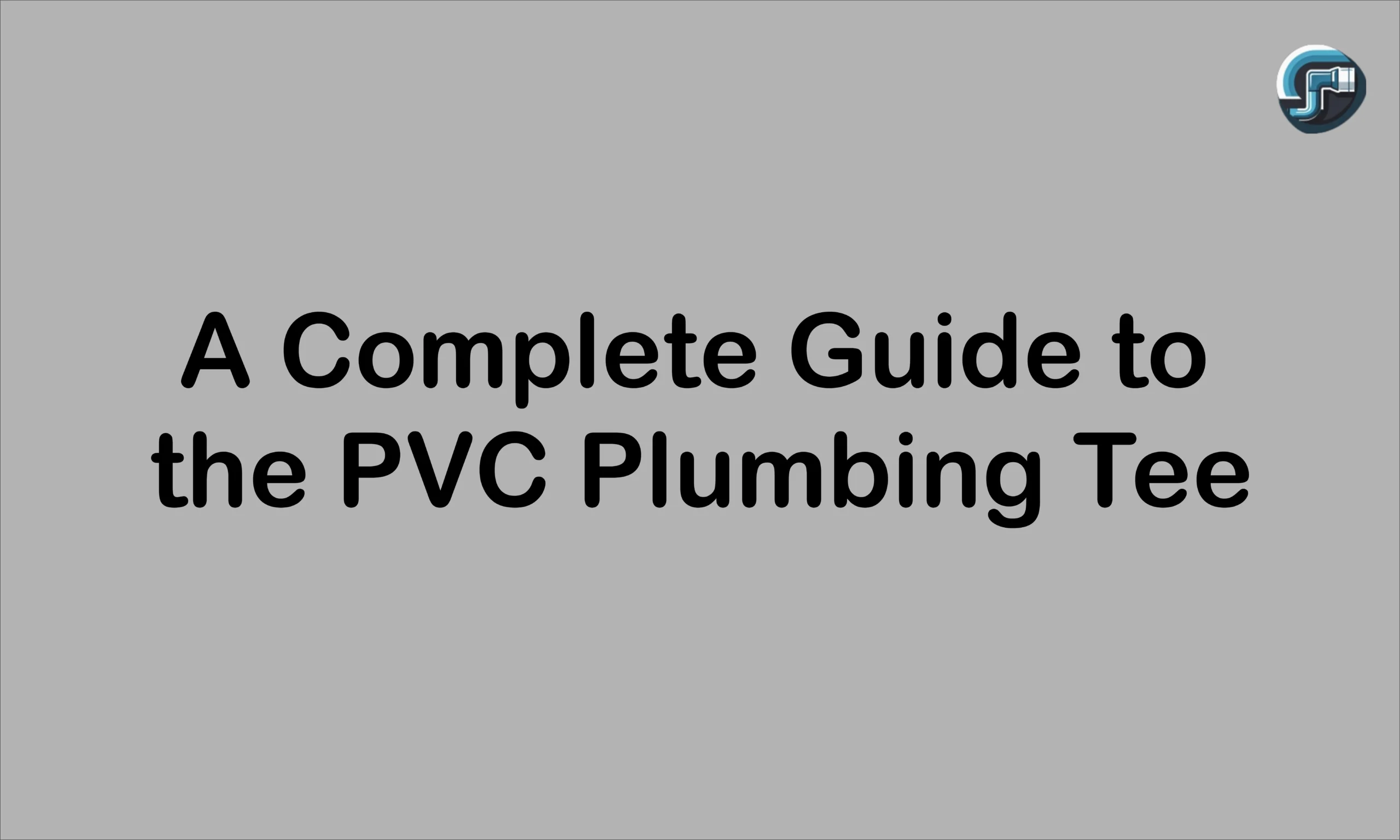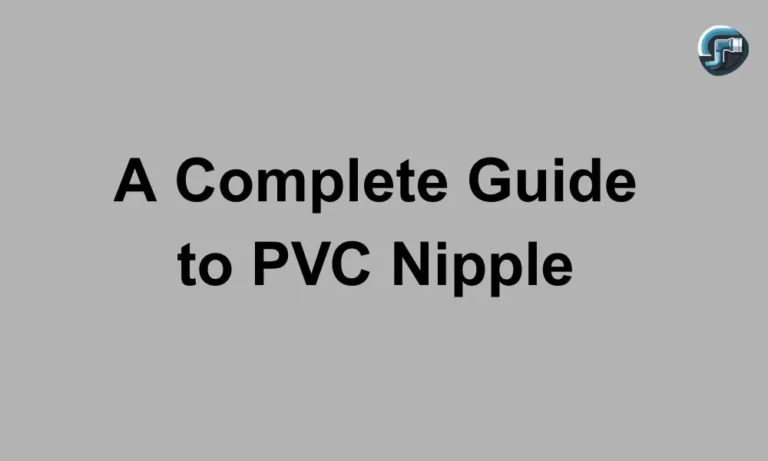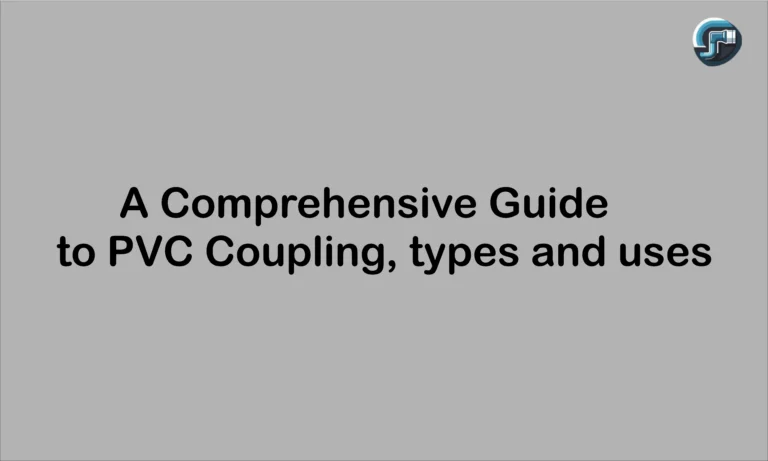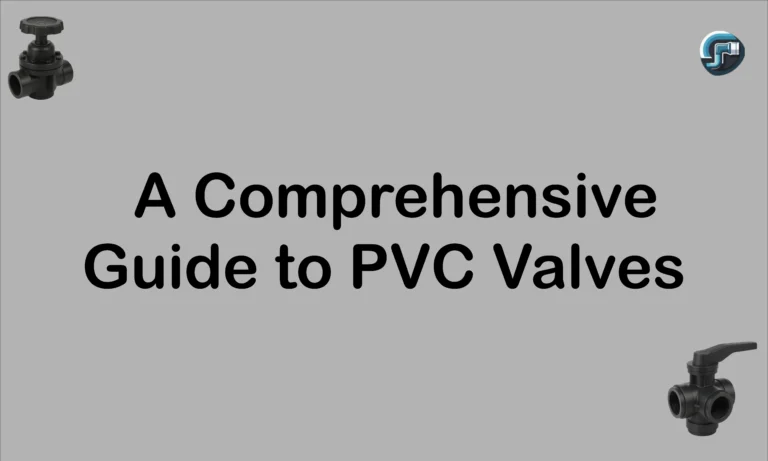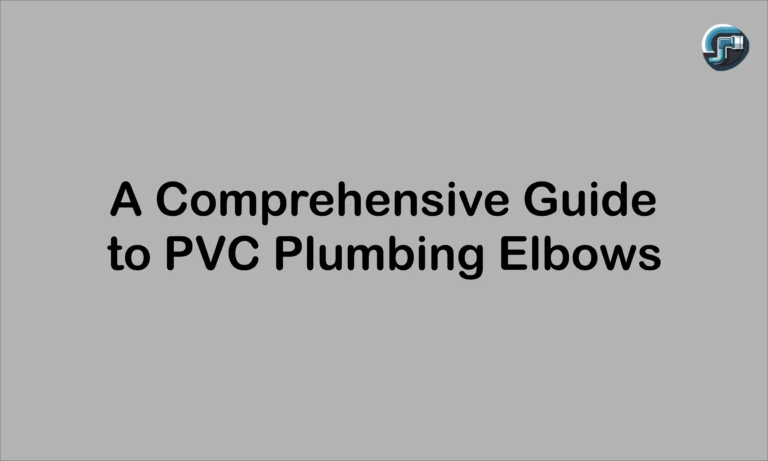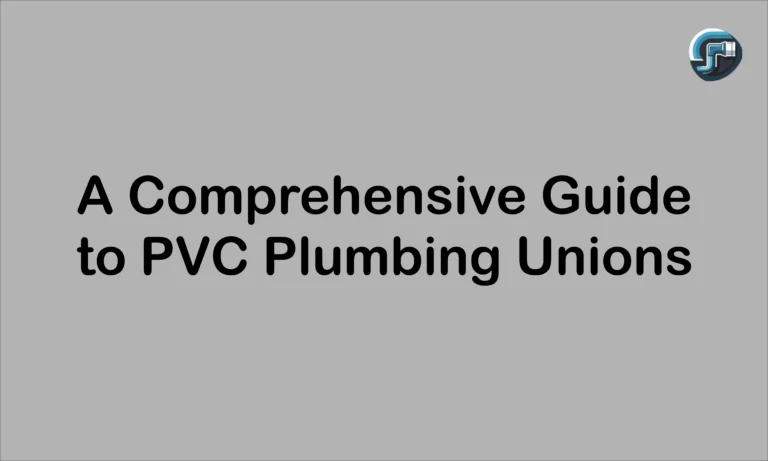The Ultimate Guide to the Versatile PVC Tee
Chances are, if you have been to any hardware store and bought some supplies for a plumbing project, you have most likely seen a pvc tee. Although not attractive, these simple T-shaped connectors are the unsung heroes of many water systems, garden irrigation setups, and even creative DIY builds from the imagination of a DIYer. If you are a seasoned plumber, an intrigued homeowner, or someone who simply loves to implement ideas in real-life applications, the info on the pvc tee should save you tons of money, work, and time.
This friend’s introduction will familiarize you with the pvc tee fitting: what it is, why it matters, the most common sizes (including the handy 1 2 pvc tee and ever-reliable 3 4 pvc tee), and how you can best use it. We’ll also cover useful tips regarding installations and maintenance plus a glance at the environmental concerns. By then, you should feel confident about meeting the next such challenge.

What exactly is a PVC Tee?
Think of the PVC Tee as the crossroads operator of the piping world. It’s shaped like the letter “T,” with one entrance and two side outlets set at a right angle. This lets you split a stream into two paths or merge two flows into one. Just like a traffic controller, a tee PVC fitting keeps things moving smoothly and efficiently.
The magic of the PVC Tee comes from what it’s made of: Polyvinyl Chloride, or PVC for short. This stuff is tough, lightweight, resistant to chemicals, and super affordable. PVC doesn’t rust or corrode, so a tee PVC fitting installed today could still be quietly working years (even decades!) from now. Without these connectors, setting up branched piping systems would be complicated and expensive, no matter if you’re watering tomatoes in your backyard or plumbing an entire building.
Before We Dive In: Some Handy Terms
If you’re new to the world of PVC tees, here are a few words that will make things clearer:
Run: The straight “main road” of the tee PVC fitting—two outlets facing each other.
Branch: The side street, sticking out at 90 degrees from the run.
Schedule: This tells you how thick the pipe/fitting walls are. Most people use Schedule 40 (for most jobs) or Schedule 80 (for higher pressure).
Socket/Slip: These tees have smooth ends, so pipes can slide right in and get joined with solvent cement.
Threaded: These have screw threads (male or female) for easy connecting and disconnecting—super handy if you might need to swap things out later.
| Nominal Pipe Size (NPS) | PVC Tee Size (Inches) | Common Applications |
| 1/2″ | 0.840″ | 0.622″ |
| 3/4″ | 1.050″ | 0.824″ |
| 1″ | 1.315″ | 1.049″ |
| 1-1/4″ | 1.660″ | 1.380″ |
| 1-1/2″ | 1.900″ | 1.610″ |
| 2″ | 2.375″ | 2.047″ |
| 2-1/2″ | 2.875″ | 2.445″ |
| 3″ | 3.500″ | 3.068″ |
| 4″ | 4.50″ | 4.026″ |
| 6″ | 6.625″ | 6.065″ |
The Many Types and Sizes of PVC Tees
Here’s where PVC tee shopping gets interesting! Not all tees are created equal. There are styles, sizes, and variations for almost every project under the sun.
Standard vs. Reducing PVC Tee: What’s the Difference?
The most common types you’ll come across are:
Standard PVC Tee: All three openings are the same size. If you’re joining three pipes of equal diameter, this is your go-to. Think classic branching—from your main water line to two smaller supply lines.
Reducing PVC Tee: Here, one of the openings (usually the branch) is smaller. Reducing tees are perfect for connecting a bigger main pipe to a smaller side pipe—sort of like attaching a tiny tributary to a big river. For example, you can use a 1″ x 1″ x 3/4″ reducing tee to break off a smaller water supply from a larger main line.
Connection Types—Pick What Works for You
Socket x Socket x Socket (S x S x S): These are the most popular. Smooth on the inside, they’re made for slip connections and are glued (welded chemically, actually) for life.
Threaded Tees: When you need a connection that’s easy to undo, threaded options come to the rescue. Sometimes tees have just one or two threaded ends—look for what fits your needs.
Sanitary Tees: If you’re dealing with waste water, these curved-branch tees help keep things moving without blockages (think bathrooms, not pressurized water).
Spotlight: 1 2 PVC Tee & 3 4 PVC Tee—Why These Sizes Matter
PVC tees come in a rainbow of sizes, but for most home and garden projects, 1 2 PVC tee and 3 4 PVC tee are kings.
The 1 2 PVC Tee—Perfect for the Little Things
The 1 2 PVC tee (that’s half an inch, not one and two inches!) is a favorite for:
Drip irrigation: It seamlessly splits smaller lines for plants and garden beds.
DIY creativity: Think small hydroponic racks, mini furniture, or even craft projects.
Tiny water lines: Supplying water to an ice maker or compact sink? This size fits comfortably in tight spots.
Don’t be fooled by its small stature. The 1 2 PVC tee has plenty of uses when space and subtlety are more important than sheer water volume.
The 3 4 PVC Tee—Your Versatile Workhorse
Moving up to the 3 4 PVC tee, you get a bit more muscle—and flexibility:
Lawn irrigation: A staple for splitting main sprinkler lines.
Home plumbing: Branching off to feed different rooms in your house.
Pools & spas: Many plumbing systems in pools use the reliable 3/4 inch pvc tee to direct water efficiently.
Both 1 2 PVC tee and 3 4 PVC tee are available in standard (Schedule 40) and heavy-duty (Schedule 80) versions, so you can pick what works for your water pressure and environment.
Real-World Uses (and Big Benefits!) of PVC Tees
It can feel like there’s a PVC tee for every occasion—and in many ways, that’s true! Here’s a peek at why they’re so useful, no matter what you’re building:
Where Will You Find Tee PVC Fittings?
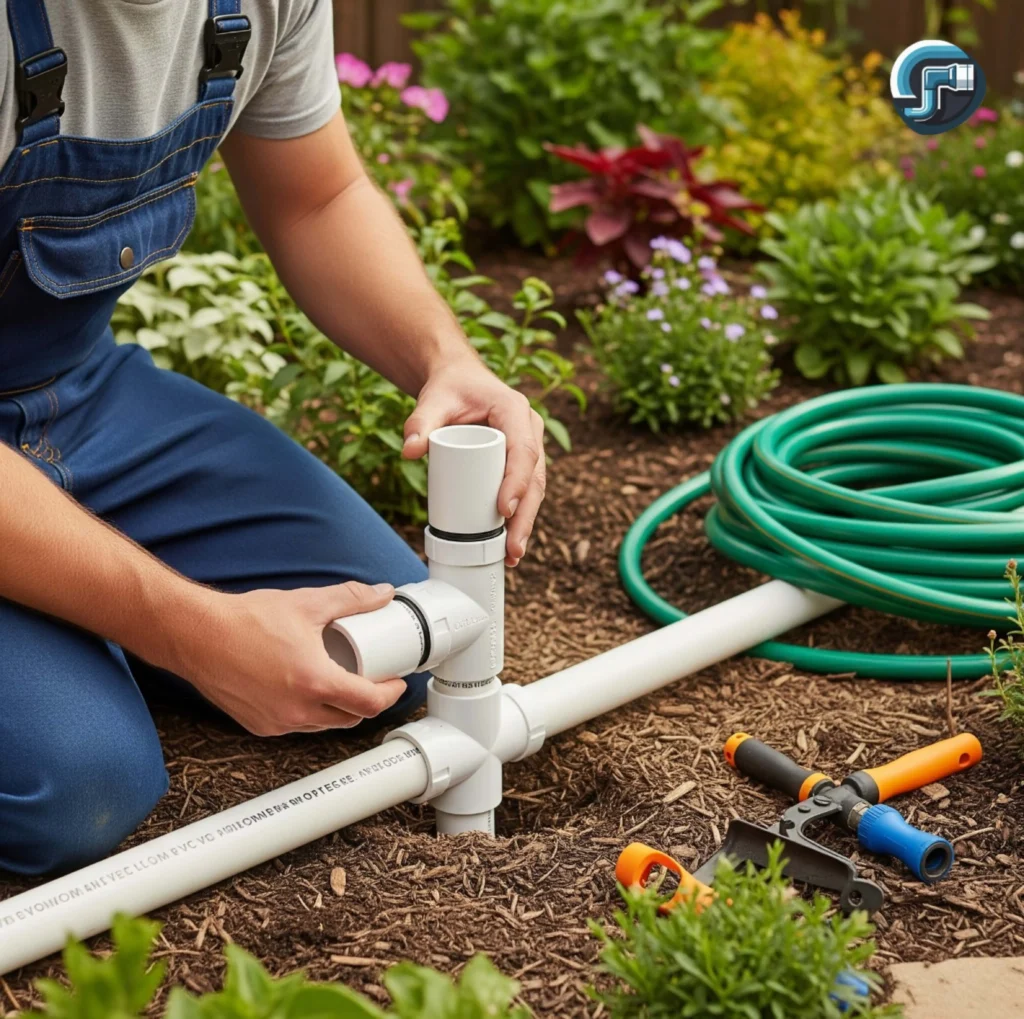
Home Plumbing: Tee PVC connectors send water everywhere you need it—from sinks and showers to outdoor taps.
Waste Systems: Sanitary tees make drains and vents work smoothly, reducing clogs and hassle.
Garden Irrigation: PVC tees let you turn a single hose or pipe into a full-blown irrigation grid.
Pools & Spas: Directing water through pumps and filters without a hitch.
Aquaponics & Hydroponics: Safe, non-corrosive, and versatile—just what these systems demand.
Creative Projects: From sports goals to storage racks, the PVC tee is like a grown-up building block.
Why Choose a PVC Tee? Here’s the Good Stuff
Easy on the wallet: Compared to copper or brass, a tee PVC is budget-friendly.
Built to last: Resistant to corrosion, many chemicals, and general wear and tear, PVC tees can do their job for decades.
Simple to work with: Whether you’re a pro or first-timer, installation is quick and fuss-free.
Great flow: The smooth interior lets water zip through, saving energy and avoiding pressure drops.
Handles chemicals: Perfect for setups that see acidic or alkaline conditions, even some light industrial uses.
Lightweight: No back-breaking hauling; you can carry a box of PVC tees without breaking a sweat.
Installing Your PVC Tee—Let’s Make It Last
Even the best PVC tee can leak or fail if it’s not installed right. Here’s how to get it right the first time:
Start with a Clean Cut and Good Prep
Cut square: Use a proper PVC cutter or saw to get a straight edge (a wobbly cut makes for weak joints).
Deburr and bevel: File off any rough edges and slightly angle the pipe edge for a smooth fit.
Test fit: Always dry fit the pipe and tee first. It should go in about one-third to two-thirds of the way—snug, but not super tight.
Time to Weld—The Secret Sauce
Prime the surfaces: Brush on PVC primer to the pipe’s outside and the tee’s socket inside. Don’t skip this! It softens and preps the surfaces.
Add solvent cement: Apply to both the pipe and inside the tee. A little goes a long way.
Twist together: Push the pipe into the tee PVC fitting and give it a quarter turn to spread the cement.
Hold steady: Stay put for 30 seconds—the bond starts to form, and you’ll see a neat bead of cement at the connection.
Let it cure: Wipe excess cement, and let everything set as directed before turning the water (or pressure) on.
Caring for Your PVC Tee—Worry Less, Enjoy More
One of the reasons so many people love PVC tees is how little babysitting they need. Still, a bit of care goes a long way.
Helping Your Tee PVC Fittings Last
Sun smart: Standard Schedule 40 PVC can degrade in sunlight. If it’ll see a lot of UV, opt for Schedule 80, paint it with latex, or tuck it away from direct rays.
Know your limits: Make sure you’re using a tee PVC that matches your system’s pressure rating and water temperature. PVC handles cold and moderate temps best—skip it for hot water.
Regular check-ins: A quick look for leaks, cracks, or discoloration can help you catch small issues before they become big headaches.
Add support: Long pipe runs can sag and stress your tees. Use hangers or straps to hold up your handiwork.
Thinking About the Environment—The PVC Story
People sometimes worry about the environmental impact of PVC. It’s true that the manufacturing process involves chlorine, but today’s processes are greatly improved for safety and efficiency.
Because pvc tees last so long, you’ll replace them less often. Plus, their smooth surfaces mean pumped systems use less energy—another eco win.
Can You Recycle a PVC Tee?
Yes! PVC is a thermoplastic—it can be melted down and turned into new pipes, fittings, or even window frames. While your neighborhood may not accept PVC in their recycling, many specialized centers or construction waste facilities will. If you’ve got a big pile of leftovers from a project, it’s worth finding a place to recycle them instead of just tossing them out.
Frequently Asked Questions
Conclusion
PVC tee fittings are the chief operating officers of any plumbing, irrigation, or drainage system. They provide strength, versatility, and easy handling. Examples of equal, reducing, and threaded tees all provide plumbing contractors with a very reliable option for branching the piping system both in residential and commercial work. Their great corrosion resistance, light weight, and cheap qualities have made them the most popular PVC alternatives to metal products. Choosing the right size and type of PVC tee can ease the connection, reduce turbulence, and ensure permanent integrity of the piping system.

